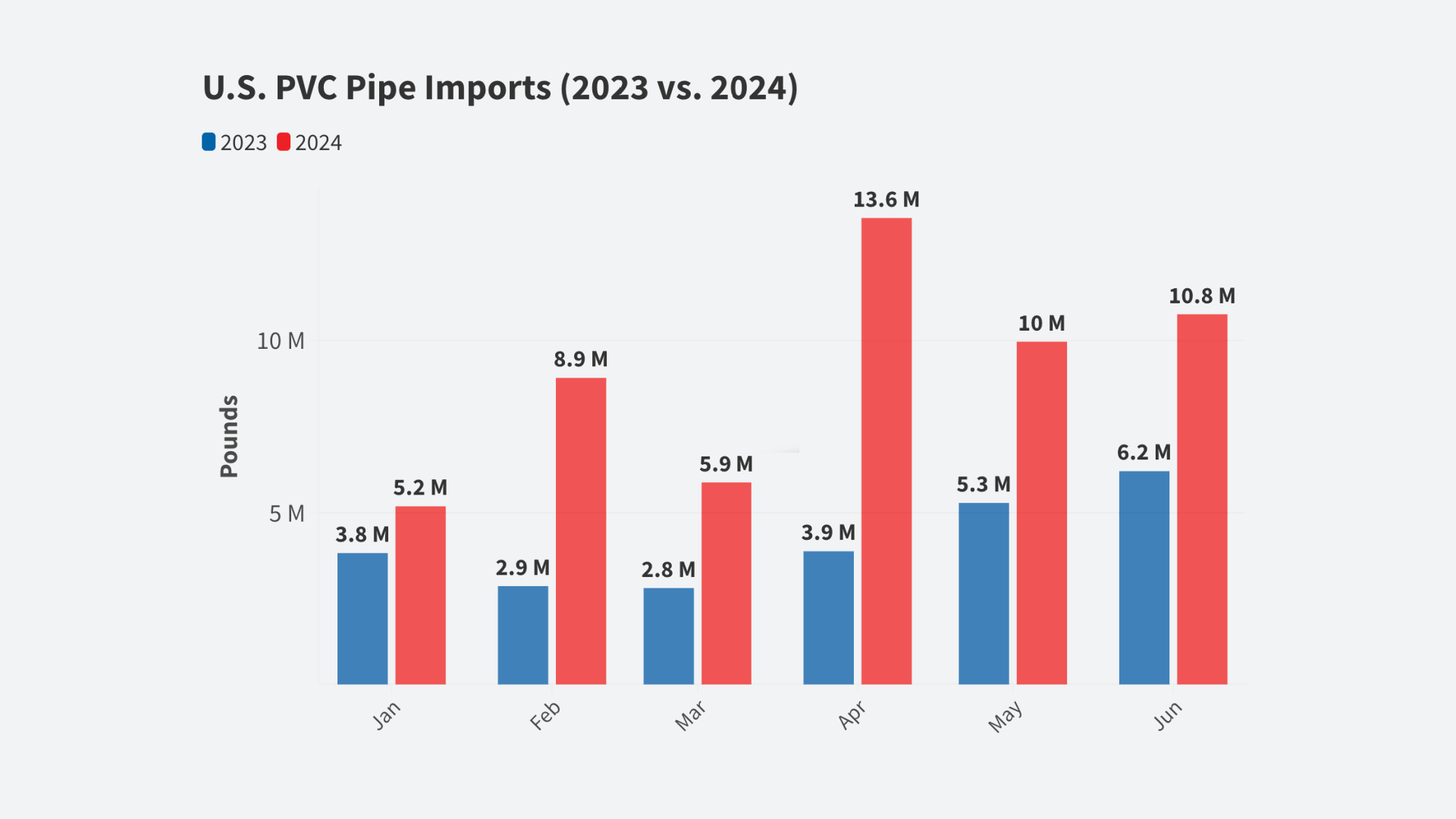By Jeff Ferry, CPA Research Director
Two forward-thinking congressmen have introduced a congressional resolution urging the federal government to eliminate the U.S. trade deficit. This would be a major step forward in U.S. economic policy and a crucial step towards rebuilding the U.S. economy and restoring the American Dream of rising incomes and greater prosperity for the majority of our population. (Click here to tell your congressman to support the resolution)
The bipartisan sponsors of House Resolution 37 are Rep. Mo Brooks (R-AL) and Rep. Dan Lipinski (D-IL). The resolution says:
“Congress and the President should prioritize the reduction and elimination, over a reasonable period of time, of the overall trade deficit of the United States.”
Last year our trade deficit totaled $502 billion or 2.7% of our gross domestic product. Trade deficits are a substantial drag on economic growth. If we had spent that half a trillion dollars on U.S. instead of foreign products and services, it would have created more income, production, and jobs at home instead of in foreign countries. According to CPA estimates, eliminating the trade deficit would lead to the creation of some 2.5 million new jobs.
Our 41 years of trade deficits have played a major role in the hollowing out of our manufacturing industry. Since the year 2000, the U.S. has lost 28% of its manufacturing employment, around 5 million jobs. The job loss is due to a number of factors, including higher productivity at home, imports taking U.S. market share, and the movement of factories, companies, and even entire industries to foreign locations. Economists have demonstrated that the impact of imports is especially severe because it often strikes towns and cities that are dependent on a single industry. Studies show that when workers lose their jobs due to import penetration, it often take them years to find another job, and the new jobs often pay far less. Further, unemployed workers in communities hit by imports often end up on federal disability or other social welfare programs, increasing the burden on taxpayers.
Increased use of addictive pain medication is also associated with the decline of manufacturing industry. According to the Ohio Department of Health, in a recent three-month period “fully 11% of all Ohioans were prescribed opiates.” The use of legal and illegal painkillers is one of the causes behind a shocking rise in the death rate among white Americans. According to a recent study by two Princeton economists, Anne Case and her husband Nobel prize-winner Angus Deaton, while death rates for black and Hispanic Americans continue to fall, white Americans’ death rates began to rise substantially around the year 2000, especially for those without college degrees. In 1999, white Americans aged between 50 and 54 with only high school education had a mortality rate 30% lower than comparable black Americans. By 2015, that group’s death rate had doubled from under 40 per 100,000 to over 80, a rate 30% higher than the comparable group of black Americans. As Professor Rice told an interviewer: “This doesn’t seem to be just about income. This is about accumulating despair for these people. The white working class may see itself now as the bottom rung of the ladder.” Or as the ever-eloquent Bill Clinton put it last year, poor white people are “dying of a broken heart.” Needless to say, the loss of manufacturing jobs doesn’t just affect white people, it affects all Americans who lose those jobs.
The U.S. has lost global market share in a long list of key industries and technologies, including steel, chemicals, autos, and computers. In each of these cases, there is substantial evidence of other nations taking advantage of so-called free trade agreements or other loopholes in trade laws to favor their exports and make it hard for our products to reach their markets. The illegal or questionable tactics include: enormous subsidies to support dumping and below-market pricing, currency manipulation, non-tariff barriers to American goods, and more. Over the last two decades of intensifying globalization, administrations led by both parties have failed to enforce existing trade laws. In many cases existing laws are insufficient to deal with the evolving practices used by nations determined to increase their share of world export markets. Focusing on the trade deficit enables the U.S. to implement policies to counteract other nations’ unfair practices.
Another cost of our persistent huge trade deficits is a declining U.S. position in the growth industries of tomorrow. This is bad news for our future ability to sustain high incomes and national prosperity. Our deficit in advanced technology products last year was $83 billion, a stunning figure in light of the widespread belief that the U.S. leads the world in technology. Thirty years ago when the U.S. stopped making television sets, commentators said it didn’t matter because computers were the future and the U.S. was the world leader in computers. Today, there is not one major computer production plant left in the U.S. Competitor nations target these growth industries precisely because they are growth industries. Some American commentators say the solution lies in service sector jobs, yet many service sector jobs pay half or less of the rate of a manufacturing job. Commentators talk excitedly about the “gig economy,” yet most of those “gig” jobs involve lower pay, fewer hours, and no health care benefits.
The persistent deficit and hollowing out of our manufacturing industry also raise serious questions for national security. The U.S. is far more dependent today on foreign suppliers for critical materials and products than we have ever been in the past. We are also more dependent on foreign holders of U.S. assets than ever before. Foreign governments and individuals have financed our deficits by buying some $7 trillion worth of U.S. stocks, bonds, and physical assets like companies and real estate. Warren Buffett has warned of what he calls “conquest by purchase,” a growing dependence on investors from nations that may not always be friendly to us.













